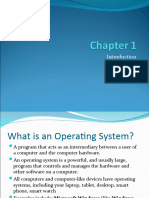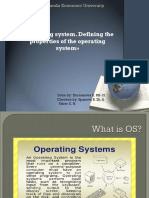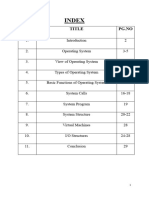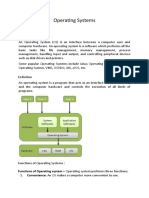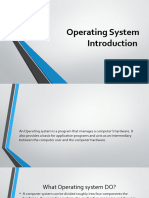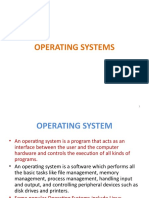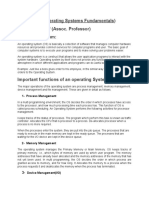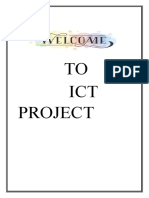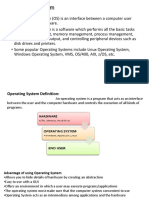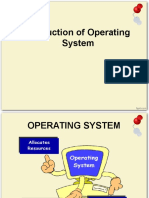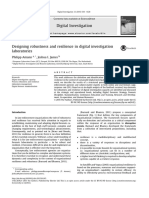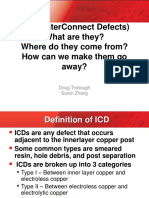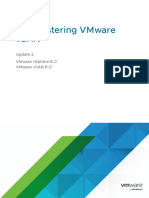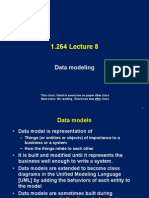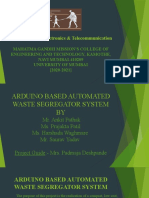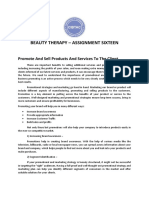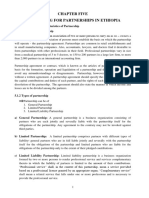0% found this document useful (0 votes)
19 views2 pagesFeatures of An Operating System
The document outlines key features of an operating system, including scheduling, memory management, resource allocation, and usage tracking. It emphasizes the importance of data and user security, system services like print spooling, input/output management, and handling network communication. Each feature plays a crucial role in ensuring efficient operation and user experience within the system.
Uploaded by
softCopyright
© © All Rights Reserved
We take content rights seriously. If you suspect this is your content, claim it here.
Available Formats
Download as DOCX, PDF, TXT or read online on Scribd
0% found this document useful (0 votes)
19 views2 pagesFeatures of An Operating System
The document outlines key features of an operating system, including scheduling, memory management, resource allocation, and usage tracking. It emphasizes the importance of data and user security, system services like print spooling, input/output management, and handling network communication. Each feature plays a crucial role in ensuring efficient operation and user experience within the system.
Uploaded by
softCopyright
© © All Rights Reserved
We take content rights seriously. If you suspect this is your content, claim it here.
Available Formats
Download as DOCX, PDF, TXT or read online on Scribd
/ 2




